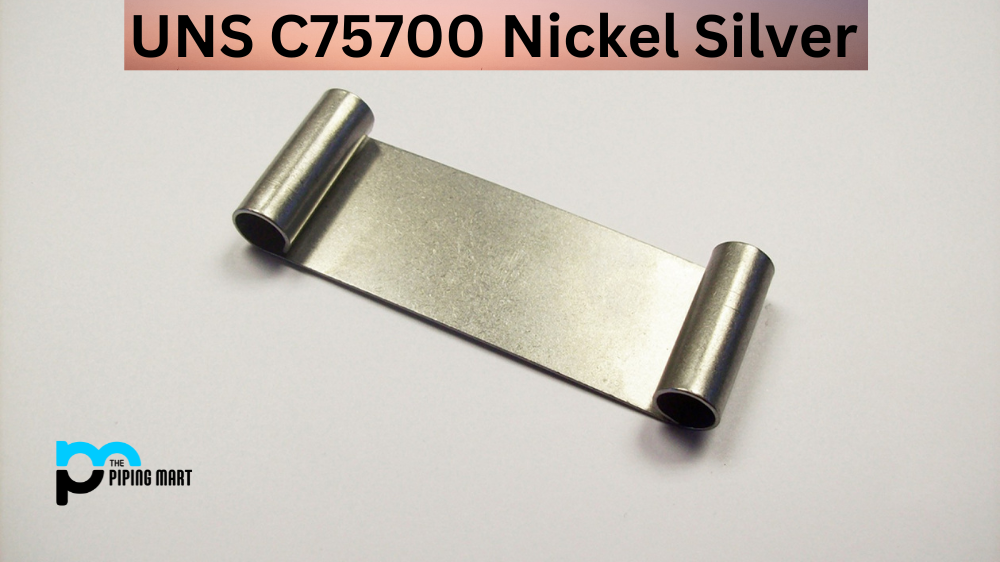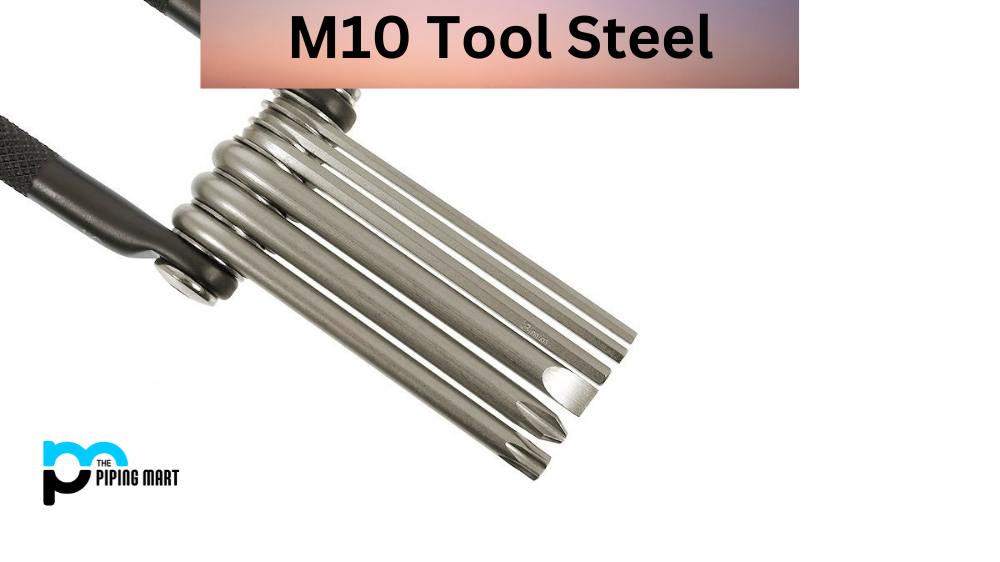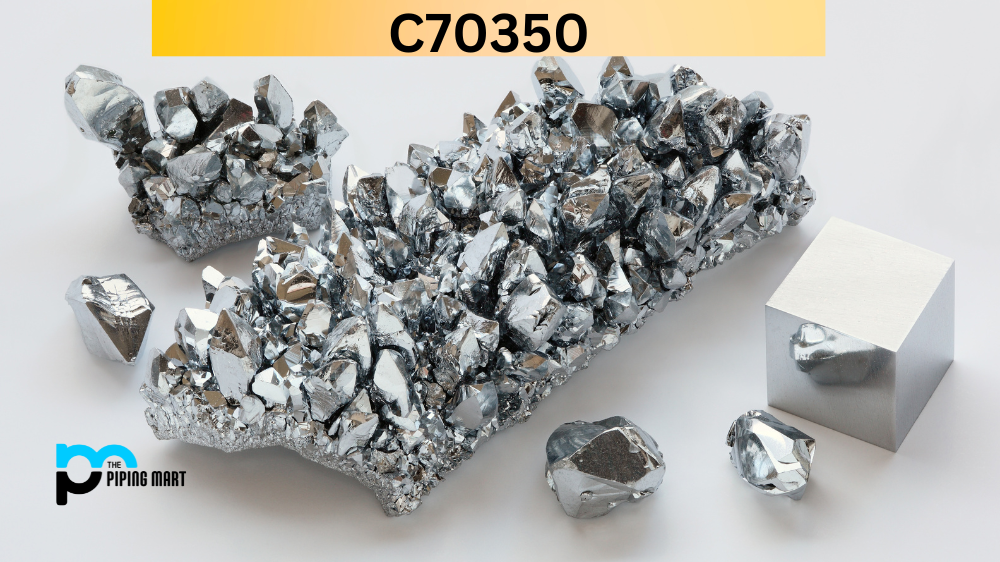AMS S 5626 is a popular stainless steel alloy used in various industries for its excellent strength, durability, and corrosion resistance. Also known as 15-5PH, this alloy belongs to the martensitic steel family and is heat treatable to achieve high hardness levels. This blog post will delve into the composition of AMS S 5626, its physical and mechanical properties, and its various uses across industries.
What is AMS S 5626?
AMS S 5626 is a specification that outlines the requirements for a particular type of heat treatment for aerospace materials. It is intended for use in the manufacturing of high-strength alloys, and it details the process for heat-treating these materials to ensure that they meet specific mechanical properties. This specification is particularly important in aerospace, where materials must meet stringent safety standards and withstand extreme conditions. Whether you work in aerospace engineering or are simply interested in the intricacies of heat treatment, understanding AMS S 5626 is essential for anyone seeking to delve deeper into aerospace materials.
AMS S 5626 Composition
AMS S 5626 comprises around 15% chromium, 5% nickel, and 2% copper, along with traces of other elements, including iron, manganese, and phosphorous. The addition of copper gives this alloy its unique characteristic of precipitation hardening. The alloy also contains small amounts of carbon, silicon, and sulfur. The exact composition may vary slightly according to the standards set by the governing bodies.
AMS S 5626 Physical Properties
AMS S 5626 has a density of 7.7 g/cm3 and a melting point of around 1410°C. It offers exceptional corrosion resistance and is relatively easy to machine or form into various shapes. The alloy is non-magnetic and shows good ductility and toughness at cryogenic temperatures.
AMS S 5626 Mechanical Properties
AMS S 5626 exhibits high strength and hardness levels after heat treatment. At room temperature, the alloy yields 110 ksi and a tensile strength of 125 ksi. It also has good fatigue and impact resistance, making it suitable for high-stress and strain applications.
AMS S 5626 Uses
The excellent strength, corrosion resistance, and formability combination make AMS S 5626 popular in various applications. It finds extensive usage in aerospace, oil and gas, chemical, and medical industries for components such as aircraft fittings, valves, gears, shafts, and biomedical implants. The alloy can also be used in marine environments due to its anti-corrosion properties.
AMS S 5626 Hardness
AMS S 5626 can be heat treated to achieve high surface hardness levels. The hardness can be altered by adjusting the time and temperature of the heat treatment process. The standard heat treatment involves ageing at 900°F for 1 hour.
AMS S 5626 Heat Treatment
AMS S 5626 can be heat treated to achieve different hardness levels and mechanical properties. The heat treatment involves a sequence of solution treatment, quenching, and ageing. After solution treatment, the alloy is cooled rapidly in water or oil to achieve the required hardness level. Ageing at specific temperatures ranging from 900-1150°F helps to reduce the residual stresses and further enhances the mechanical properties.
Conclusion:
In conclusion, AMS S 5626 is a versatile and robust stainless steel alloy widely used in applications requiring high strength and corrosion resistance. The precise composition, physical and mechanical properties, and heat treatment processes make this alloy suitable for different needs. If you’re looking for a reliable material that offers excellent mechanical and corrosion properties, AMS S 5626 can be an excellent choice.

A passionate metal industry expert and blogger. With over 5 years of experience in the field, Palak brings a wealth of knowledge and insight to her writing. Whether discussing the latest trends in the metal industry or sharing tips, she is dedicated to helping others succeed in the metal industry.




